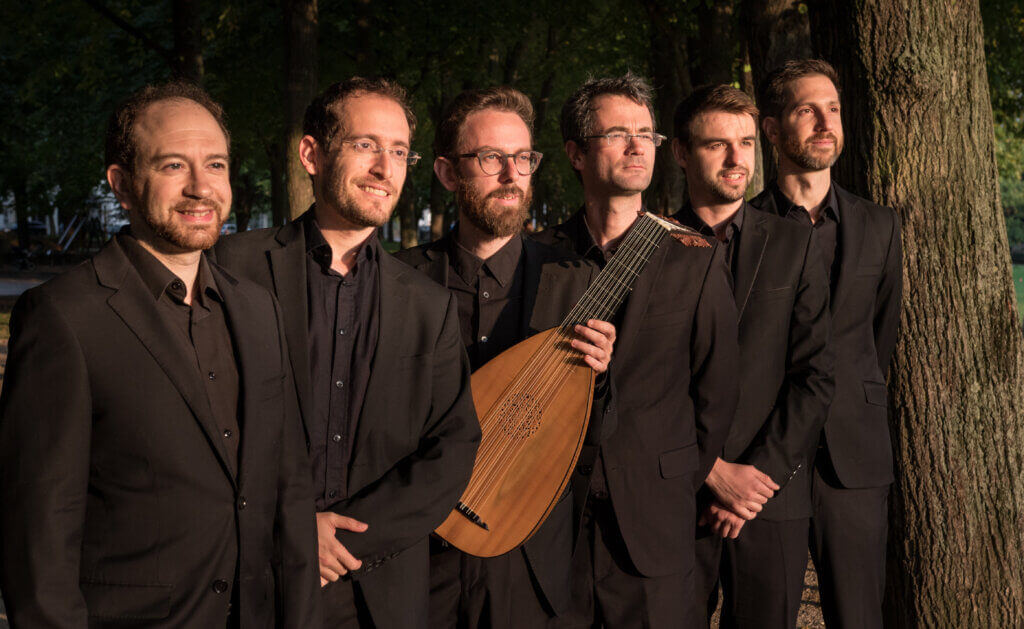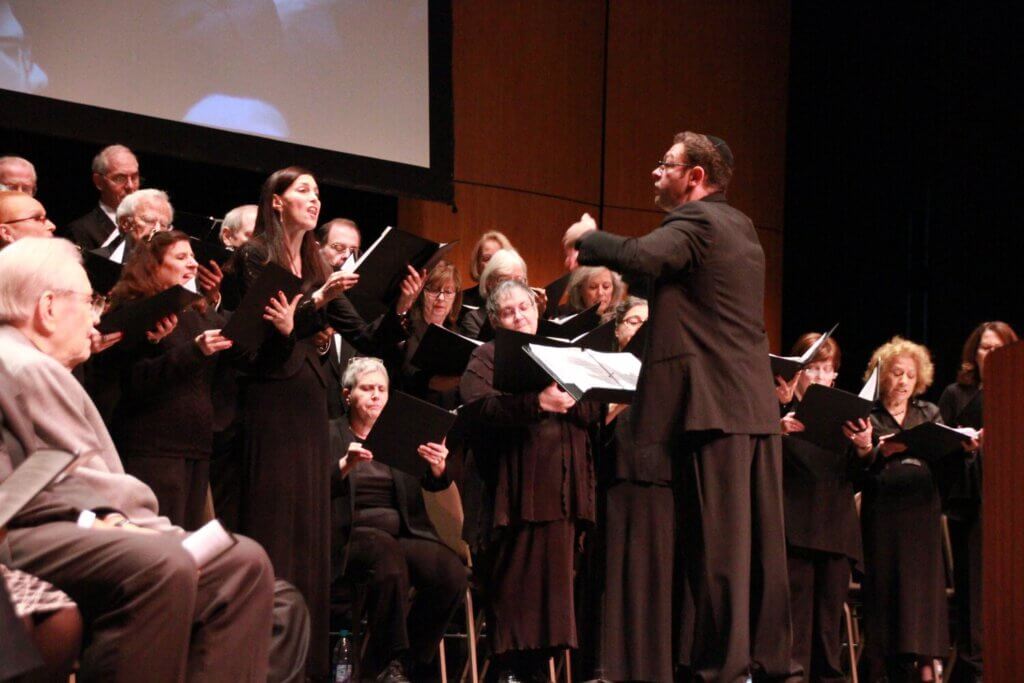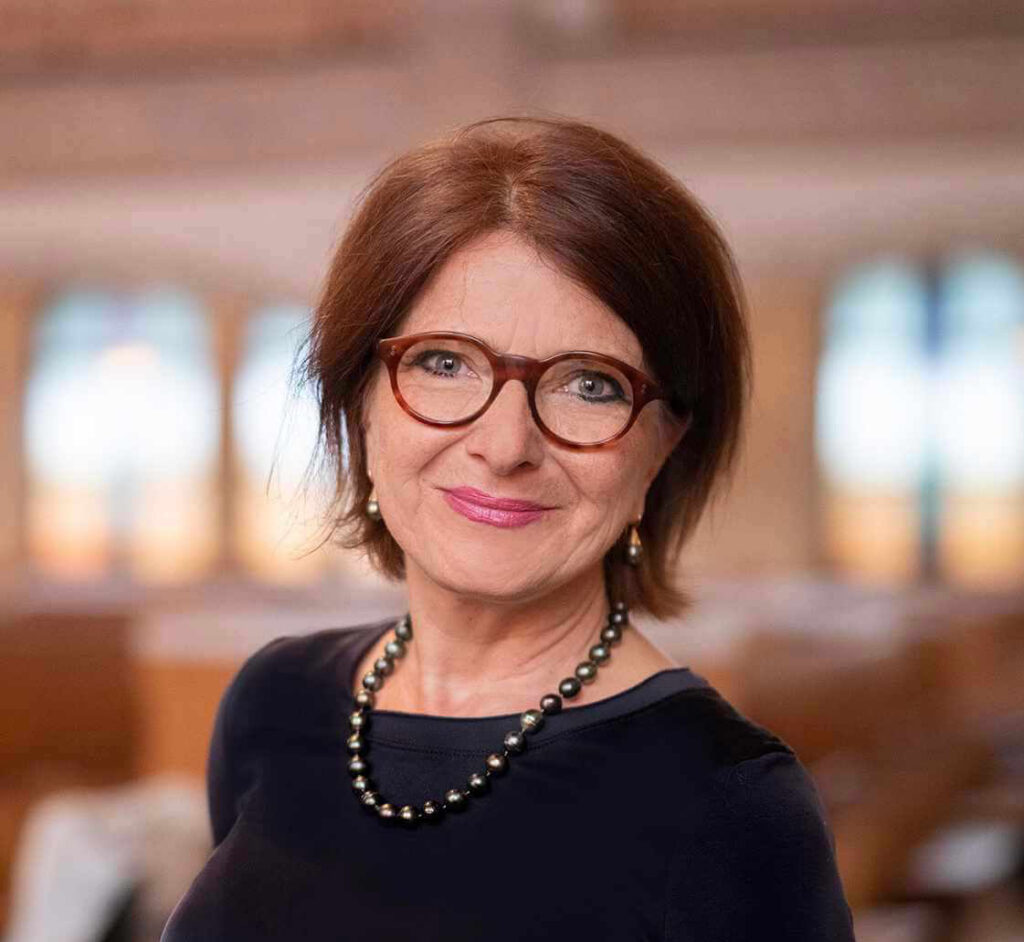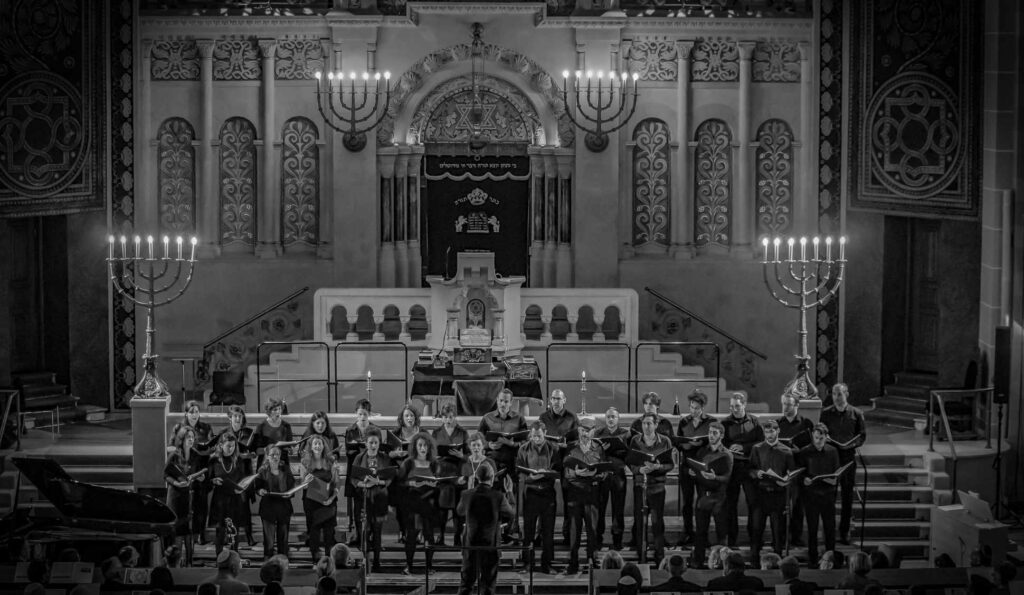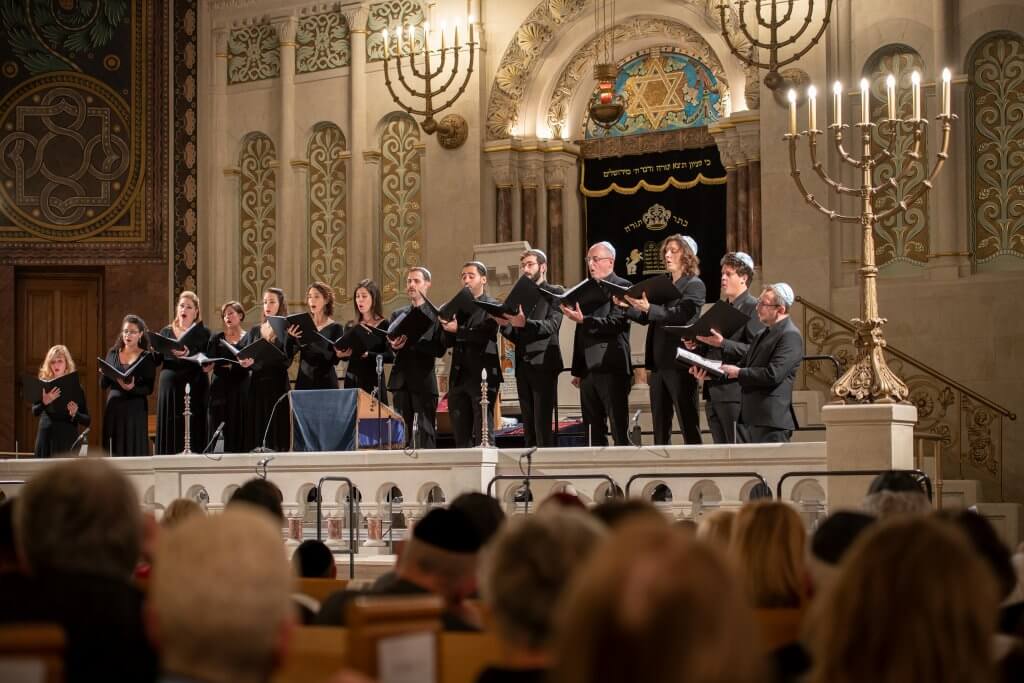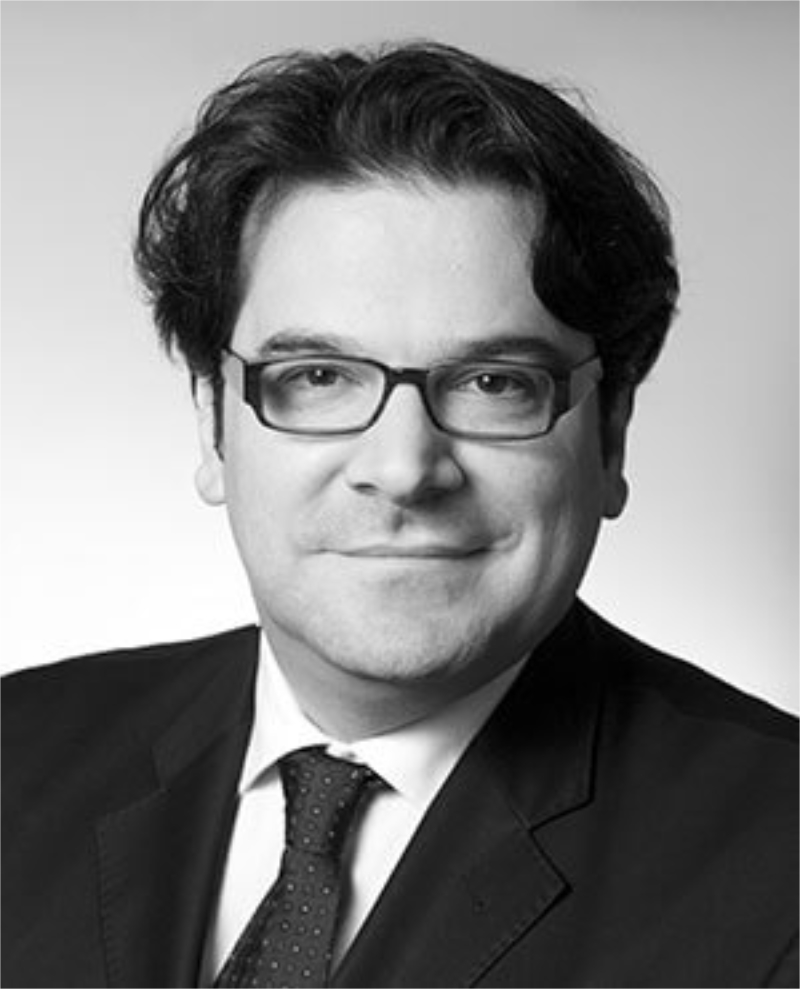VIVA L'ITALIA
Louis Lewandowski Festival 2022
Never before the founding of the State of Israel did Jews of such different origins live together and in such a stimulating (if sometimes threatening) environment as in Italy.
The land they call I-Tal-Yah in Hebrew, “Island of the Divine Dew”.
As a crossroads of world culture, Italy has been a place of refuge for various immigrant classes from the four countries of the diaspora for over two thousand years.
This enabled the coexistence of the particular Italian, Sephardic (or Spagnoli) and Ashkenazi (or Tedeschi) identities, rituals and traditions.
This began at the beginning of the modern era in the ghettos of the Renaissance and continued during emancipation (19th century) right up to the present day.
This year’s festival is dedicated to these traditions.
Over time, various Jewish-Italian dialects, foods, customs and melodies have emerged, showing the influence of the communities from which they originated, even after Yiddish and Ladino had been abandoned as spoken languages.
Italian Jews have successfully navigated between tradition, diversity, religious conflict, emancipation, cosmopolitanism and multiculturalism, all at the heart of Christianity.
The particular history of Italy is indeed reflected in the Jewish melodies.
Each community has developed its own style of synagogue song according to its origins.
Some groups have retained the old Italian minhag (ritual), which differs from the Sephardi and Ashkenazi ones mainly in the cantillation of the Torah (Hebrew Pentateuch) and in the pronunciation of Hebrew.
At the same time, the
Jews who immigrated to Italy over time retained their original (Sephardic, Ashkenazi) rituals, but adapted them to the Jewish and non-Jewish Italian musical environment and often adopted the local pronunciation of Hebrew.
The influence of Italian art and folk music was enormous in all communities: folk tunes, but also Italy’s most famous music, opera and the bel canto singing style, were integrated into the liturgy.
Some Jewish melodies that originated in Italy were disseminated in the diaspora, where they can still be found today.
Due to migration, persecution and assimilation, many of the musical traditions that existed before the Second World War are now lost.
Nevertheless, today’s Italian Jewish community, which numbers less than thirty thousand people, preserves its multicultural world in its music with its local differences and currents.
Dr. Francesco Spagnolo

